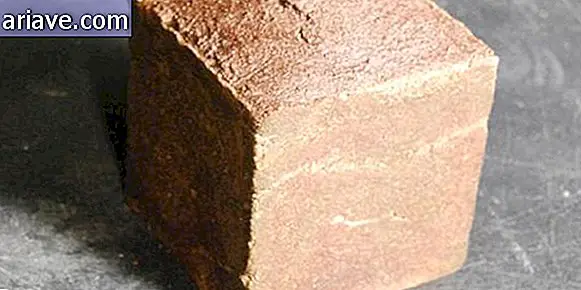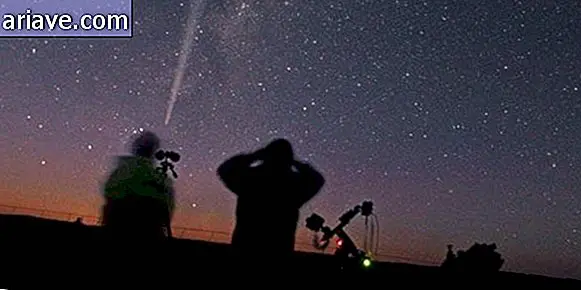Massive wave detected between thick clouds of Venus
As we have already explained in Mega Curioso earlier, Venus has a very dense atmosphere, consisting mainly of carbon dioxide (96.5%), a compound that prevents surface heat from escaping into space - resulting in an extreme greenhouse effect on the planet.
There are other, lesser elements in the Venusian atmosphere, such as nitrogen, helium, water, argon, sulfur dioxide, carbon monoxide and sulfuric acid, which in turn prevent the surface of Venus from being seen from the surface. space.

However, although we know so much about the Venusian atmosphere, and even with this cloudiness all over the planet, something very strange was identified amidst the clouds of Venus: a massive arcing wave that stretched over an estimated area of nonsense 10, 000 kilometers.
Look the wave!
According to Eric Mack of the New Atlas portal, the formation perplexed astronomers precisely because of the characteristics of Venus's thick atmosphere. According to Eric, the clouds that are in the higher layers travel at speeds of 100 meters per second, while the planet's rotation is super slow - to give you an idea, the star takes longer to complete a spin on its own axis than to rotate. complete an orbit around the sun!

Indeed, all this slowness has always led scientists to assume that conditions on the surface of Venus should be far less turbulent than in the outermost atmospheric layers. But, returning to the curious formation, it was spotted by the Japanese space probe Akatsuki, which is in orbit studying the planet, and for several days it remained basically still in place - despite the strong winds - until it disappeared completely.
Astronomers did some simulations on a computer-generated model, and the results suggest that the structure may have been produced by a gravity wave. More precisely, scientists believe that it was generated in the lower layers of the Venusian atmosphere by some elevation of the terrain (a mountain, for example) and propagated toward the higher atmospheric layers.

It is worth noting that gravity waves are not the same as gravitational waves, which are ripples that propagate through the space-time tissue. Gravity waves, in fact, are produced by a process similar to what forms sea waves.
Amazing Neighbor
Coincidentally, astronomers said the arc appears to have formed over a huge elevated region of Venus called Aphrodite Terra - which is about the size of South America. In addition, although similar waves have already been detected on the Venusian surface, This is the first time something so big has been identified there. In fact, this is possibly the largest structure of its kind ever recorded in the Solar System.

Interestingly, the formation of this massive wave indicates that atmospheric conditions near the planet's surface may not be quite as calm as scientists thought. Thus, the discovery of this massive arch suggests that, although we know so much about Venus, our neighbor may still surprise.











